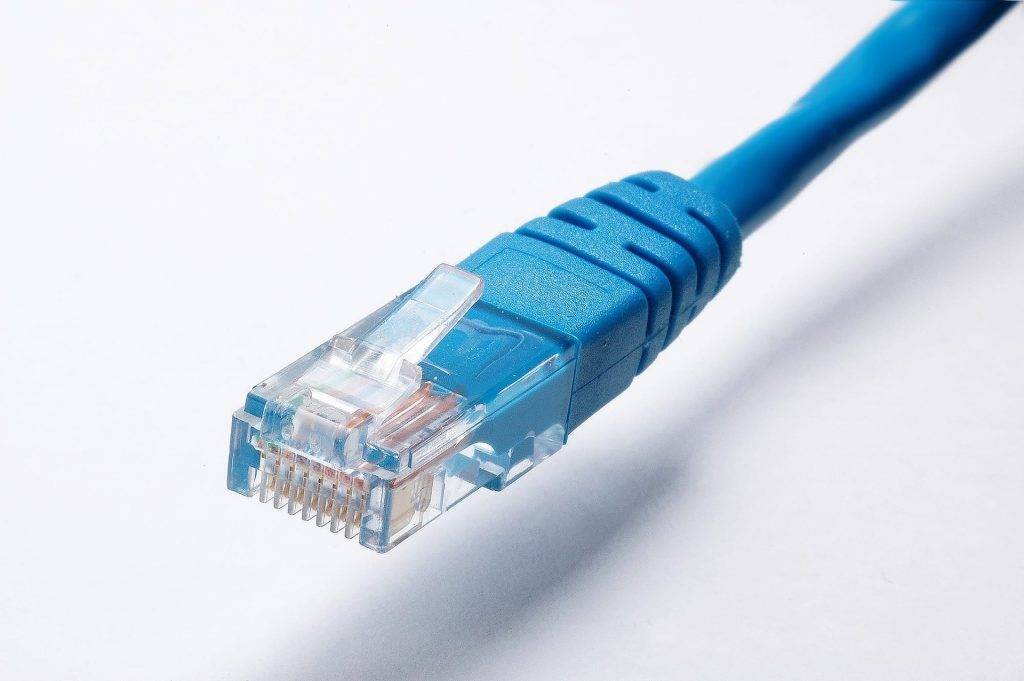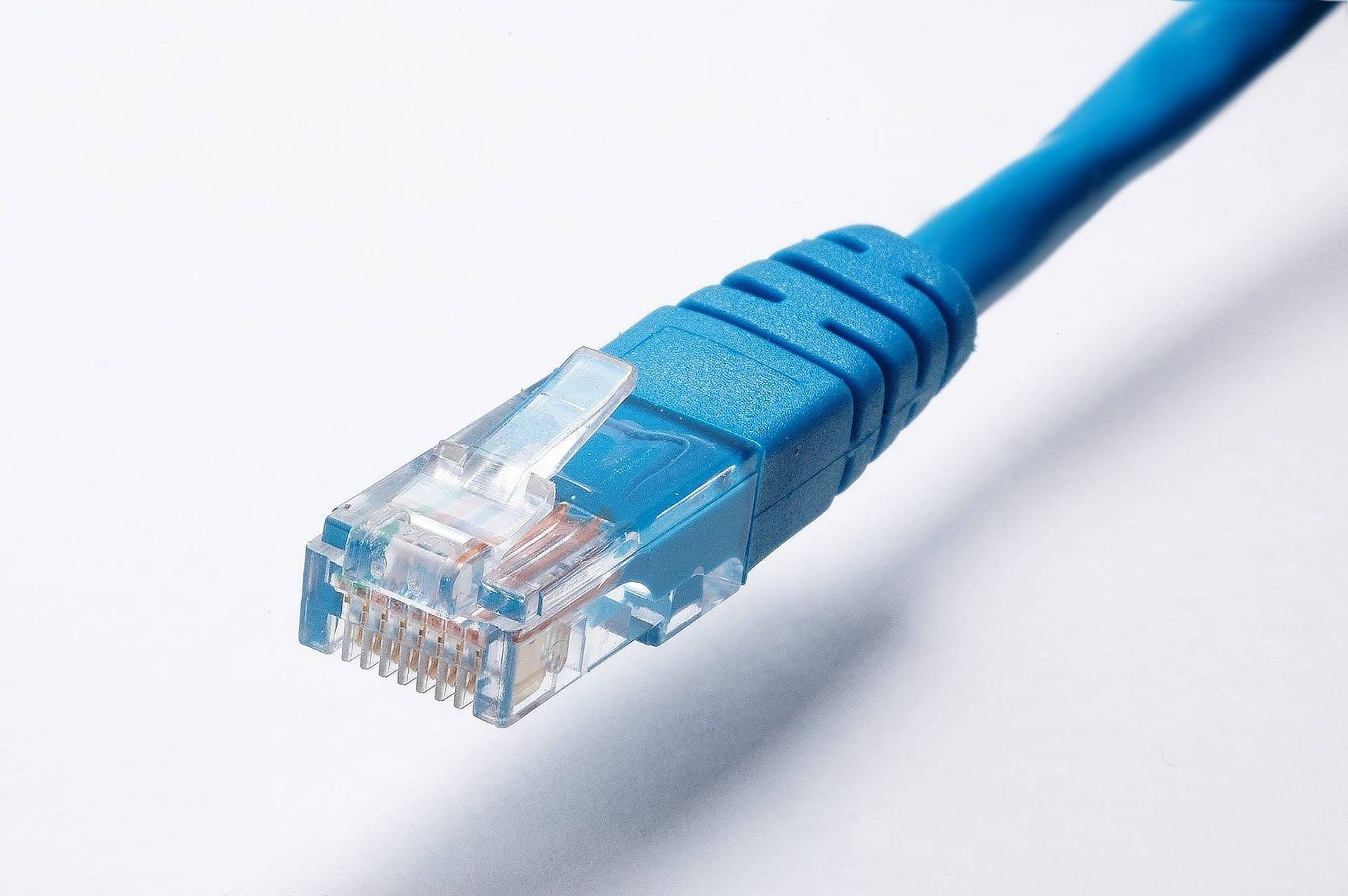We often talk about “business grade” when we talk about internet connections, but what do we really mean?
Business Grade actually means a combination of several things – together, these things ensure that you have a connection that’s reliable enough and fast enough for the needs of your business.
These things set your business broadband service apart from the type of services you get at home.
The downside is, you’ll pay more for a business grade connection – but it’s time to forget about broadband that costs £25 a month or less for your business. It’s just not up to the job.
What makes business grade?
- A Service level agreement – this is a written contract between you and your internet service provider, where they agree to: a) Ensure that your broadband service is available for a certain amount of the month (you may see figures like 99.999% – which equates to about 43 minutes of downtime, taken over the whole month, 24×7) b) Fix faults with your business broadband service in a certain amount of time. For example, on most Fibre Ethernet services, you’ll get a 4 hour fix guarantee. You may also get a guarantee of 99.9% availability.
You don’t get these guarantees with consumer broadband services – unless your internet provider offers additional cover levels (and even then on BT Openreach, the best you’ll get is 6 hour fix).
2. Symmetric bandwidth – most “business broadband” or “fibre broadband” packages offer faster download speeds than upload speeds. For example, “fibre broadband” packages are usually either 40Mb/s download and 10Mb/s upload; or for a higher cost you can get 80Mb/s download and 20Mb/s upload. This is because they’re aimed at customers who are mainly downloading, such as browsing the web, streaming video, and downloading emails.
Businesses have more complex needs – for example, they will send much more email, with larger attachments, and need to upload files to customers and suppliers. They may also use Microsoft Teams for video or voice calls, or a Virtual Private Network – all of which use more upload bandwidth.
To check the symmetric speed of your broadband you can use a site called speedtest.
3. Contention – In order to offer low cost services, consumer internet service providers share your bandwidth with a number of other customers, on the basis that you won’t all be using all your bandwidth all at the same time.
Take a neighbourhood with 100 customers of the same internet provider – your internet connection to your own house or office may well be 80Mb/s downstream, but the connection which connects your neighbourhood to your ISP may not be 8000Mbs – it will likely be less than that. If you all try to stream video or download at the same time, you’ll all see significantly less than the headline speed of your broadband. Some internet providers call this “bandwidth management”, or refer to “busy periods”. Some try to avoid the subject altogether.
Typical contention ratios are 20:1 or 50:1 – meaning either 20, or 50 other customers could potentially be sharing the same upstream connection with you.
A business grade internet connection has 1:1 contention – which means you get all the bandwidth and advertised speed, all the time.






